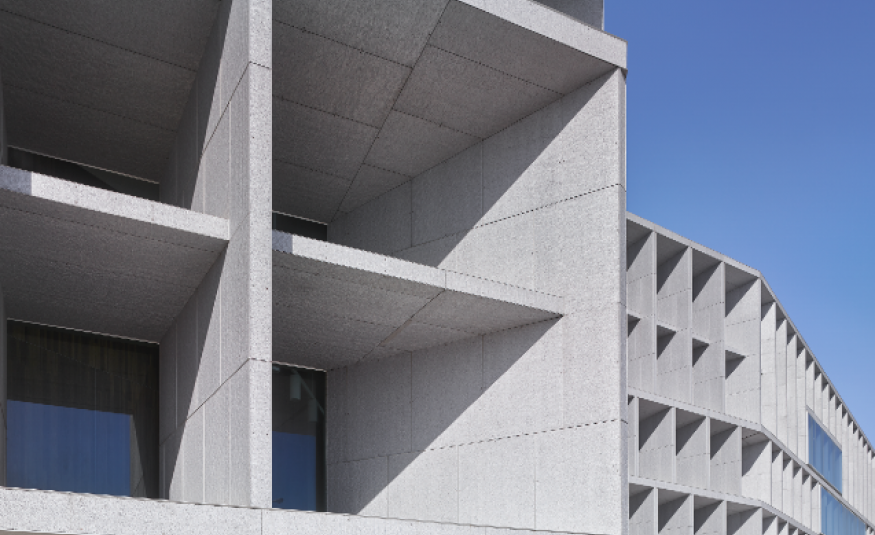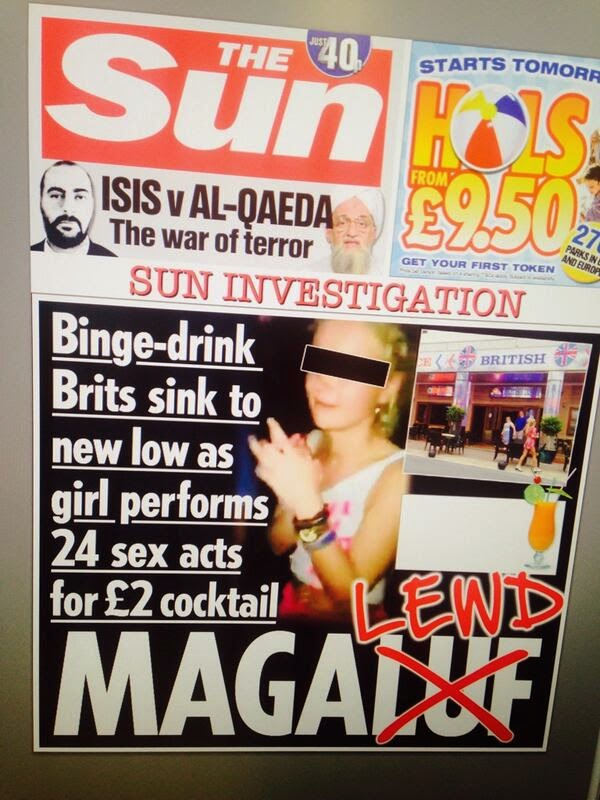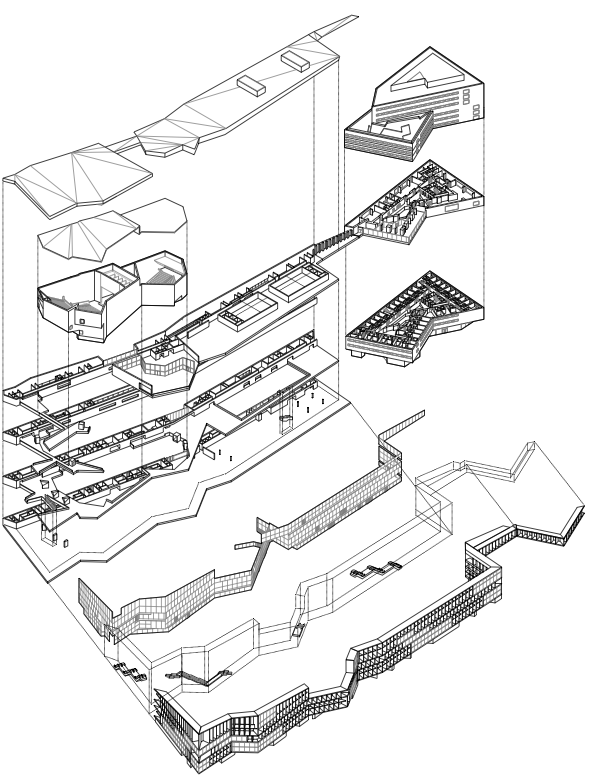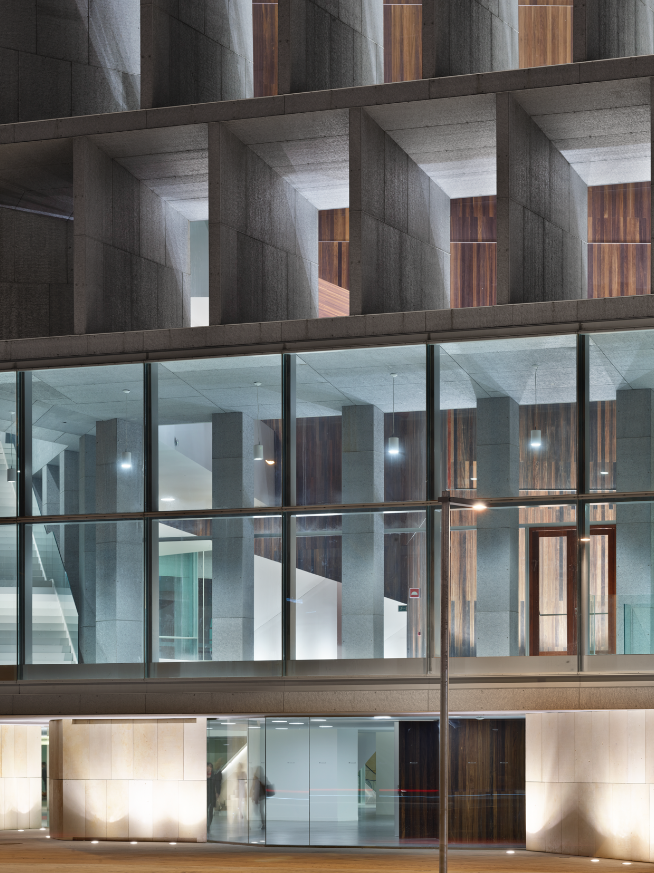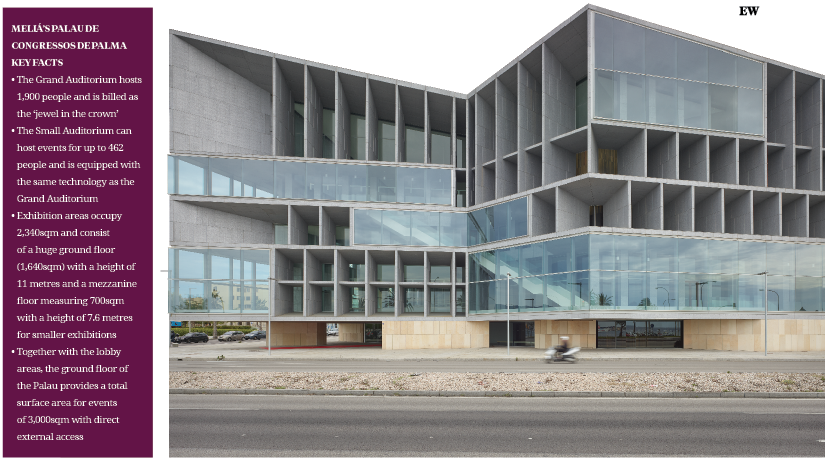Magaluf in Mallorca has gone from the ridiculous to the sublime thanks to organisations including Meliá
The English tabloid press have a reputation for sabotaging everything from their national soccer team’s morale and the careers of reality TV stars to burgeoning Spanish holiday destinations.
Magaluf – unaffectionately nicknamed ‘Shagaluf’ in the UK-English vernacular – was one such media victim, infamous for its revelry, alcohol-related fatalities and public indecency arrests.
The island of Mallorca’s image was maligned by proxy, with the damage cultivated predominantly in the 2000s.
The reputation was quite at odds with those who remember its 1950s emergence; fondly, recalling black tie dinners, cocktail receptions and a sophisticated ambiance.
When EW visited the destination in June, it was not without some trepidation, but, *spoiler alert*: we were blown away by the friendly atmosphere, attention to detail, innovative designs and, of course, Meliá’s new convention centre in Palma, Palau de Congressos de Palma (see boxout) – which graces the cover of this issue.
For those in the know, Mallorca is now a must-see destination, but its prior reputation was not unwarranted. Competition across the Mediterranean had driven Magaluf’s prices to rock bottom, spawning nightmarish budget lodgings and a hefty police presence.
Legislative action, like banning alcohol on the streets between 10pm and 8am, attempted to bandage the damage, both literally and in terms of reputation. Mallorca was also failing fiscally, prompting a late 2000s financial conundrum: What’s worse, a plane of drunk tourists or no tourists at all?
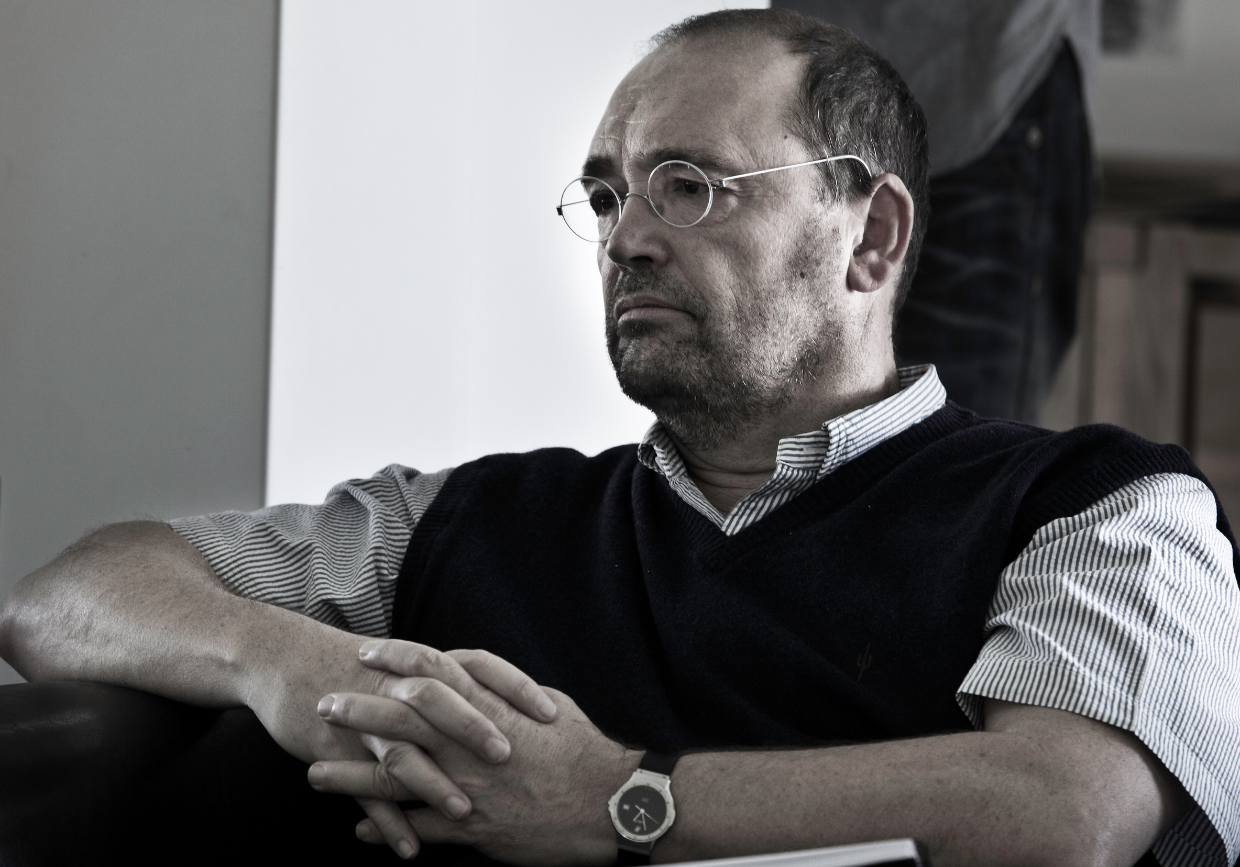
Spanish architect, Francisco Mangado
Mallorcan businesses had by this point recognised the destination was ‘maduro’ (past it), and a more permanent solution was sought. Meliá, whose presence in Mallorca dates back to the 1960s, has been pivotal in positioning MICE and business tourism centrally within its tourism strategy.
Speaking from the newly revamped exhibition space within the Melia Calvia Beach hotel, Melia International EVP Mark Hoddinott told EW that there was little wealth in the area when Meliá first came to the island. “It was closed in the winter and in a state of desperation. There’s a different energy here now, with islanders and with our staff. It wasn’t a sustainable destination before, but now, finally, it is.”
The 2008 crisis hit Mallorca hard, and, coupled with the media fallout, investments like the Palau de Congressos de Palma (see boxout) are testament to the company’s faith in the destination. Such conviction would be rewarded, and exhibition and event tourism is now becoming central to the island’s economy. Indeed, Meliá will have invested more than £200m in Magaluf between 2011-2018.
Palau de Congressos de Palma, which opened in June, was designed by the Spanish architect, Francisco Mangado, and located on Palma’s Paseo Marítimo seafront, just ten minutes from the airport, the cathedral and the historical heart of the city.
The Meliá Calvia Beach Hotel, meanwhile, is a 20 minute drive away in Magaluf, and its new facilities include a convention centre seating up to 500 people in a dedicated structure.
“There’s a huge amount of energy now, which wasn’t here five years ago. Then, the world’s focus was on destinations like the Canaries and Canada. Now, the attention is here,” says Hoddinott. “The convention piece was the biggest piece missing in Mallorca’s offerings, and it will now take us to the next level. We have not moved off our masterplan since 2011 and we’ve met all our objectives so far.
Meliá sees Magaluf as becoming a quasi-urban resort. “People will be living here in winter, and we want a good social balance, welcoming families and providing good tax contributions. We aim to be a benefit to everyone.”
A spate of dramatic and tasteful renovations now grace Magaluf. Meliá Calvia Beach Hotel opened in 2009, while a Nikki Beach Club, opened in 2012, and the family oriented hotel Sol Katmandu Park & Resort – which improved RevPAR by more than 60 per cent last year has proved popular. Meanwhile, Starwood Capital and US equity funds have also put significant investment into Mallorca.
“Magaluf is now a benchmark for administrations on how to grow and improve a destination,” says Hoddinott. “I’ve travelled around the world discussing our model and we’re happy to impart our wisdom.
“Regeneration is good from a CSR point of view, but we’ve shown that MICE can also be rebooted. Event facilities and good airlift allows us to be competitive internationally.”
Fittingly, Mallorca hosted the Smart Island conference in April, an event that provided insight into successful planning and investment.
We might not have believed it unless we had seen it but, with its clean picturesque beaches, bold hotel and event space designs and great cuisine, Magaluf and the island of Mallorca is finally fit to be an exhibition magnet.
Words by Tom Hall
Magaluf’s reimagining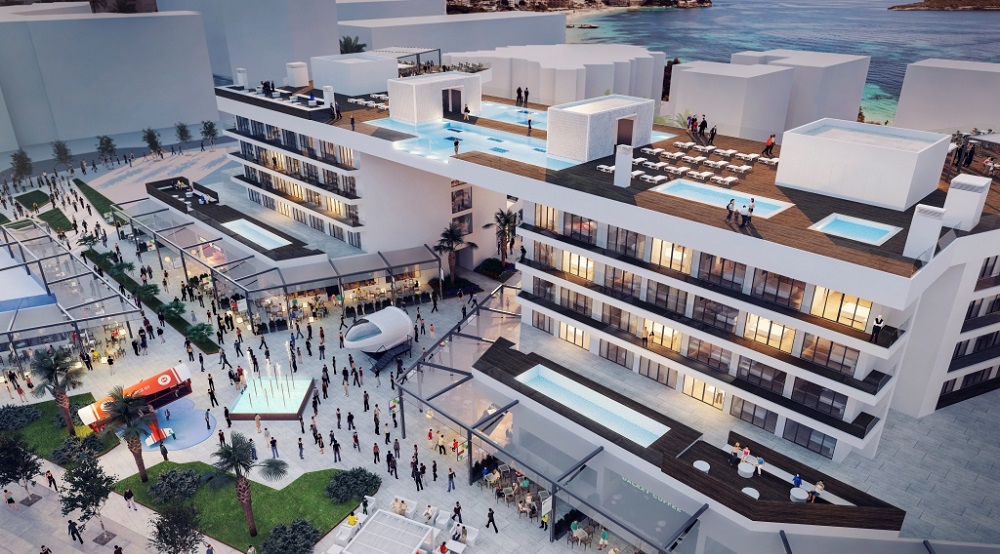
In addition to its MICE investment, Melia Hotels International, Calviá City Hall and the Balearic Government has begun construction of a new hotel and shopping mall in Magaluf, Mallorca, which marks the next phase in the repositioning of the destination.
Spanish Hotel Group, MHI is supporting the venture by investing the largest private investment of US$49m and will oversee the creation of a new central ‘social hub’.
Set for completion in 2018, the complex will include a modern hotel, underground parking space for 200 cars and more than 5,000sqm of retail, food & beverage outlets and terraces, which will be located parallel to Magaluf’s beachfront.

